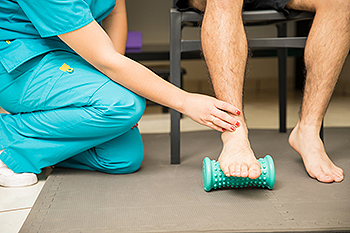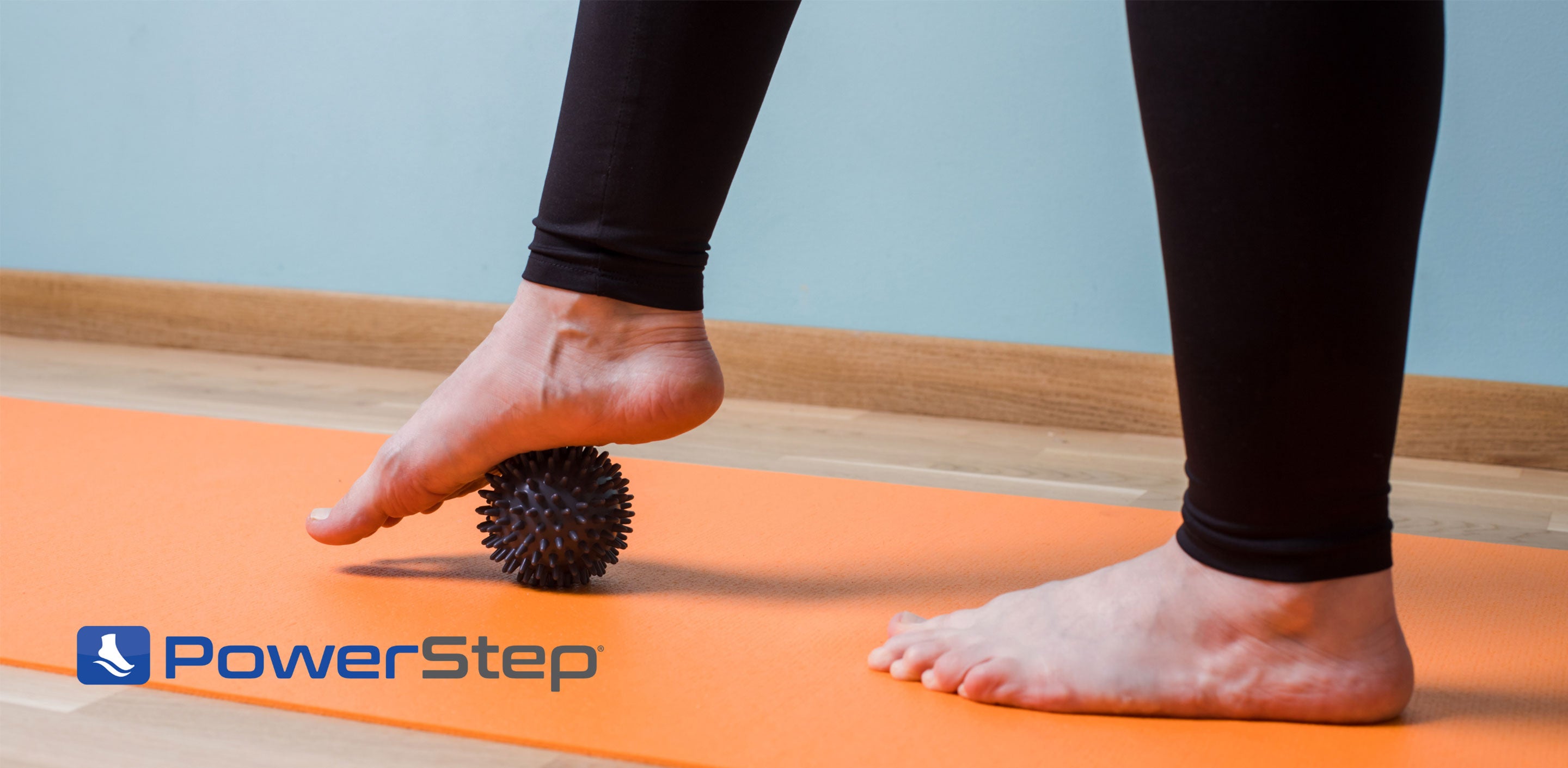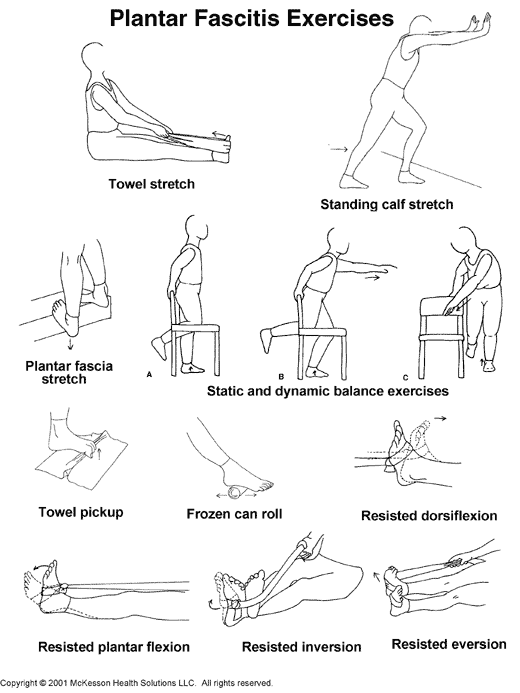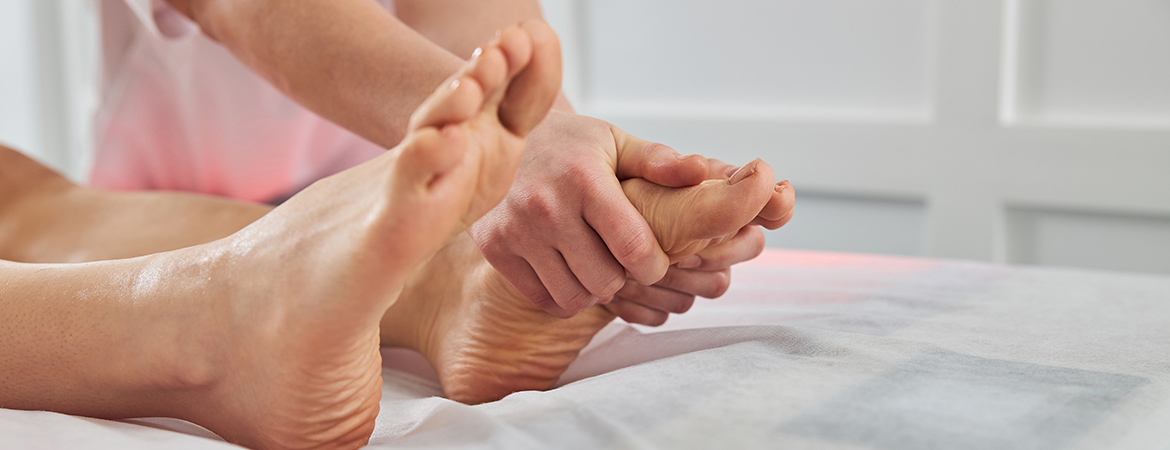Exercises for Plantar Fasciitis
$ 10.00 · 5 (709) · In stock

Plantar fasciitis is one of the most common causes of heel pain. It occurs when a thick band of tissue, plantar fascia, that runs from the toes to the heel under the foot becomes inflamed. It causes a stabbing pain when you get up in the morning, but usually diminishes throughout the day. A number of exercises can help to stretch and strengthen the plantar fascia, thereby reducing pain. To stretch the area, first, while sitting in a chair, lift the big toe upward and gently massage the bottom of the foot. Repeat three or four times. Second, roll a tennis ball under your foot, back and forth. Third, standing up and holding onto a chair or wall for balance, push the toe of one foot against the heel of the other, stretching it. Hold for 30 seconds and then switch feet. Repeat. To strengthen the plantar fascia, sit in a chair and place a towel on the floor. Grab the towel with the toes and hold for 30 seconds. Change feet. This can also be done with a pencil. For more information on how to alleviate the pain of plantar fasciitis, please consult with a podiatrist. Plantar fasciitis is a common foot condition that is often caused by a strain injury. If you are experiencing heel pain or symptoms of plantar fasciitis, contact one of our podiatrists from Itasca Foot & Ankle. Our doctors can provide the care you need to keep you pain-free and on your feet. What Is Plantar Fasciitis? Plantar fasciitis is one of the most common causes of heel pain. The plantar fascia is a ligament that connects your heel to the front of your foot. When this ligament becomes inflamed, plantar fasciitis is the result. If you have plantar fasciitis you will have a stabbing pain that usually occurs with your first steps in the morning. As the day progresses and you walk around more, this pain will start to disappear, but it will return after long periods of standing or sitting. What Causes Plantar Fasciitis? Excessive running Having high arches in your feet Other foot issues such as flat feet Pregnancy (due to the sudden weight gain) Being on your feet very often There are some risk factors that may make you more likely to develop plantar fasciitis compared to others. The condition most commonly affects adults between the ages of 40 and 60. It also tends to affect people who are obese because the extra pounds result in extra stress being placed on the plantar fascia. Prevention Take good care of your feet – Wear shoes that have good arch support and heel cushioning. Maintain a healthy weight If you are a runner, alternate running with other sports that won’t cause heel pain There are a variety of treatment options available for plantar fasciitis along with the pain that accompanies it. Additionally, physical therapy is a very important component in the treatment process. It is important that you meet with your podiatrist to determine which treatment option is best for you. If you have any questions, please feel free to contact our offices located in Itasca and Hoffman Estates, IL . We offer the newest diagnostic and treatment technologies for all your foot care needs. Read more about Plantar Fasciitis

Plantar Fasciitis: Do and Don't Exercises

Metatarsalgia Exercises & Stretches for Pain Relief – PowerStep

25 Exercises You Can Do with Plantar Fasciitis

12 Plantar Fasciitis Exercises and Stretches

4 Easy Exercises For Plantar Fasciitis Relief

Plantar Fascia Stretch Plantar Fasciitis

Best Plantar Fasciitis Stretches & Exercises

Sports Medicine Advisor 2003.1: Plantar Fasciitis Exercises: Illustration

Physiotherapy Exercises For Plantar Fasciitis

Physical Therapy Exercises For Plantar Fasciitis - Warner Orthopedics

Best Exercise for Plantar Fasciitis

Plantar fasciitis exercises